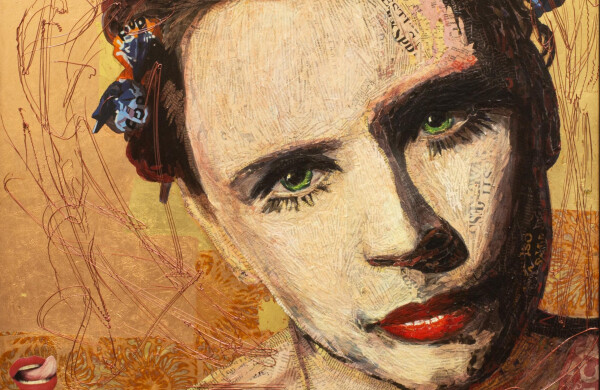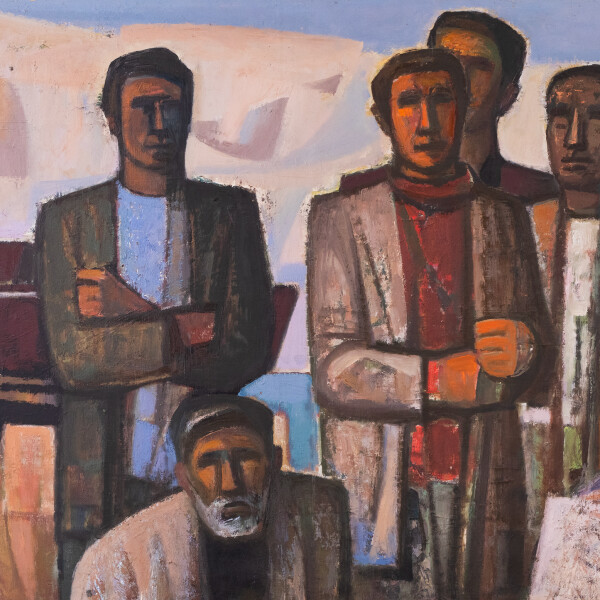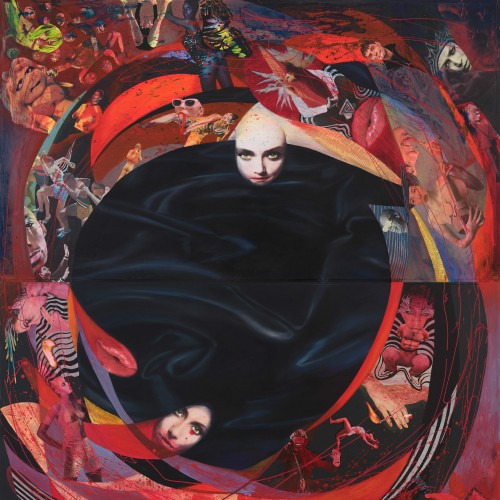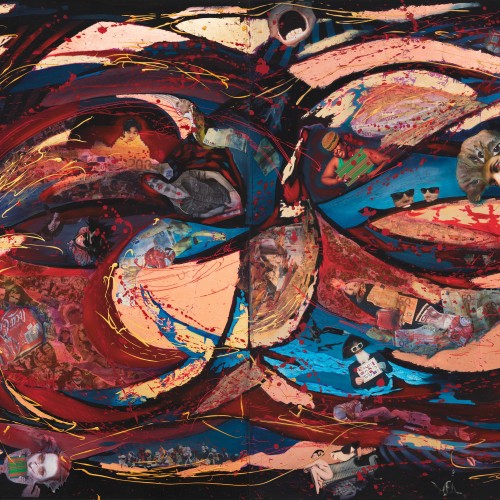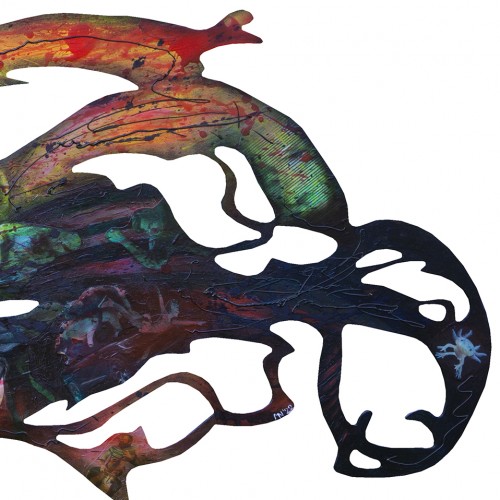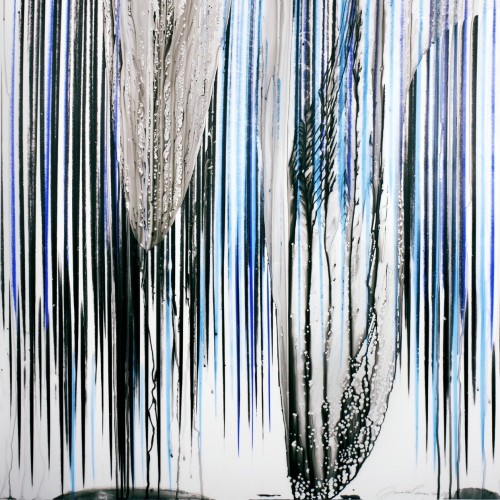
KASSIKANGAS - REGINA MARETA SOONSEIN
VAATA NÄITUST SIIT
Regina-Mareta Soonseina näitus Kassikangas, mis on põimitud Haus Galerii keldrisaali seinte vahele – paar sammu allapoole tänavapinda – on tundlikult värvirõhuline, mänguline nii kompositsioonide kui formaatide rütmilt.







